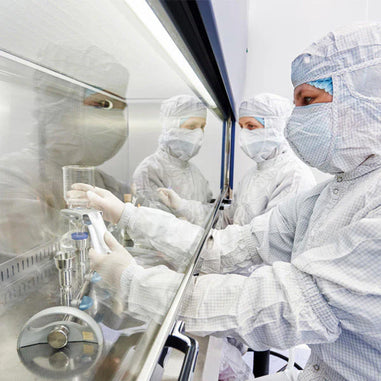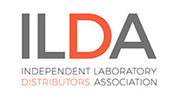- No products in the cart.
Hazardous chemical spills are among the most serious environmental disasters, with potentially devastating consequences for human health, wildlife, and ecosystems. These spills can occur during transportation, industrial operations, or accidental mishaps, posing significant risks to communities and the environment. In this blog, we will delve into the dangers of hazardous chemical spills, exploring the risks they pose and the far-reaching impacts they can have on our world.
-
Sources and Causes of Hazardous Chemical Spills
Hazardous chemical spills can originate from various sources, such as transportation accidents, industrial facility failures, natural disasters, and even intentional acts of sabotage. These spills involve a wide range of hazardous substances, including toxic chemicals, flammable liquids, radioactive materials, and corrosive agents. The causes behind these incidents can be human error, equipment malfunction, inadequate safety measures, or lack of proper training.
-
Immediate Human Health Risks
When hazardous chemicals spill, they can release toxic fumes, vapors, or particles into the air, leading to severe respiratory issues, skin irritations, and eye injuries for individuals in close proximity. Inhaling or coming into direct contact with these chemicals can cause immediate adverse health effects, ranging from dizziness and nausea to respiratory distress and chemical burns. In extreme cases, exposure to certain hazardous substances may lead to fatalities.
-
Environmental Impacts
The impact of hazardous chemical spills on the environment can be profound. These spills can contaminate soil, groundwater, rivers, lakes, and oceans, leading to the loss of plant and animal life. Aquatic ecosystems are particularly vulnerable, as chemicals can disrupt the balance of fragile ecosystems, causing fish kills and other disruptions in the food chain.
Long-term exposure to contaminated soil and water can render agricultural lands unusable and threaten the health of communities dependent on these resources. The toxic substances can also bioaccumulate in the food chain, potentially reaching humans who consume contaminated fish or crops.
-
Wildlife Endangerment
Hazardous chemical spills present a significant threat to wildlife. Aquatic creatures, such as fish, amphibians, and waterfowl, are particularly susceptible to chemical exposure. Chemical pollutants can impair their reproductive systems, damage vital organs, and alter their behavior, leading to population decline and biodiversity loss. Moreover, animals at higher trophic levels can be affected indirectly as the chemicals accumulate in the food chain.
-
Economic Consequences
Beyond the human and environmental toll, hazardous chemical spills have substantial economic consequences. Affected communities may face evacuations, business closures, and loss of tourism revenue. The cleanup and remediation efforts can be exceedingly expensive and time-consuming, often requiring specialized teams and equipment to mitigate the damage effectively. Additionally, industries responsible for the spill may suffer financial losses due to legal liabilities, fines, and reputational damage.
-
Challenges in Responding to Chemical Spills
Responding to hazardous chemical spills is a complex and challenging task. The immediate focus is on containing the spill and preventing further spread to minimize human and environmental exposure. However, several factors can impede response efforts, such as inadequate resources, lack of coordination among agencies, and difficulties accessing remote or hazardous areas.
Moreover, not all hazardous chemicals are well understood, and some might not have established protocols for proper containment and disposal. Identifying the substances involved quickly is crucial for selecting the appropriate response strategy, but this can be challenging when information is lacking or unavailable.
-
Mitigation and Prevention
Preventing hazardous chemical spills is paramount, and it requires a combination of robust regulations, rigorous safety measures, and responsible practices by industries handling hazardous materials. Investing in training programs for workers, implementing stringent safety protocols, and regularly inspecting equipment can significantly reduce the likelihood of accidents.
Furthermore, fostering a culture of safety and environmental responsibility within the industry can lead to proactive identification of potential hazards and the adoption of innovative technologies to prevent spills.
Conclusion
The dangers of hazardous chemical spills are significant and multifaceted, encompassing human health, wildlife, ecosystems, and the economy. It is crucial for industries, governments, and communities to work collaboratively to prevent spills from occurring and to respond promptly and effectively when they do happen. Through enhanced safety measures, strict regulations, and continuous vigilance, we can minimize the risks and protect our environment and future generations from the devastating impacts of hazardous chemical spills.
For over 40 years, Lab Pro Inc. has been committed to delivering highest quality chemicals, lab supplies, hand tools, lab equipment, reagents, distance learning kits, and cleanroom PPE apparel. Renowned by global medical device companies and laboratories, we ensure exceptional quality in every product. Contact us online or call 888-452-2776 to learn more. Discover top-notch lab supplies and elevate your experiments today!



















































